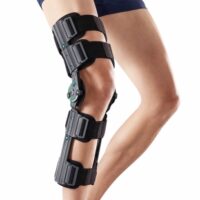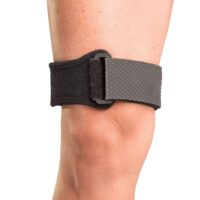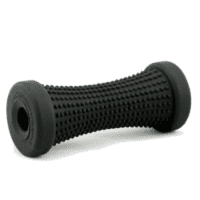Osteoarthritis
Article by John Miller
What is Osteoarthritis?
Osteoarthritis is one of the most common forms of arthritis. Some people refer to it as degenerative arthritis. One of the definitive characteristics of osteoarthritis is the progressive thinning of your articular cartilage that coats the joint surface.
What Causes Osteoarthritis?
Thinning of your joint cartilage can have many causes, some are modifiable however, while some are not. Modifiable causes include how you move and load your joints, injuries and surgeries, obesity, management of metabolic conditions such as diabetes and inflammatory conditions, and overall activity levels. Non-modifiable factors include age, genetics, sex and joint deformities.
Osteoarthritis Cure?
Unfortunately, there is no cure for osteoarthritis. But the good news is that there are better ways to manage your osteoarthritis and slow the degeneration process. Better arthritis management will result in making your life easier and more comfortable. Physiotherapy is a significant part of making your life living with osteoarthritis less painful, comfier and keeping you active.
Research has shown physiotherapy to reduce the pain and disability associated with arthritis, especially knee osteoarthritis.
http://dx.doi.org/10.1136/bjsports-2016-096458
Seek the professional and helpful advice of your physiotherapist to start enjoying life again today!
Your Osteoarthritis Diagnosis
X-rays are the most straightforward test to confirm osteoarthritis. An experienced practitioner will have an excellent idea of whether you have osteoarthritis when they examine you.
How Does Osteoarthritis Affect Older People?
As you age, most people develop some degree of osteoarthritis. Our joints’ wear and tear may occur due to ageing, injury, prolonged microtrauma, overuse of bones, or excess weight. Permanent bony changes occur and will exist even when there are no painful symptoms.
Your degree of suffering varies. The most common is mild or intermittent pain provoked by episodes of increased use or minor trauma. Whereas some people may be symptom-free, others may suffer continuous disabling pain.
The joints most commonly affected are the weight-bearing joints: hip, knee, ankles, feet and spine. However, osteoarthritis can affect any joint in the body and is common in the hands and shoulders. Severe cases may require surgical treatment, but most will respond very well to physiotherapy and medication prescribed by your doctor.
Osteoarthritis Symptoms
You can suspect osteoarthritis if you experience one or more of the following symptoms:
- joint pain or tenderness that intermittently returns
- stiffness, particularly early morning stiffness
- joint swelling or deformity
- noticeable joint heat and redness
- joint movement is painful or difficult.
Please consult your doctor or physiotherapist for definitive diagnosis and individualised treatment recommendations.
Rochedale - Call 38410277
Book Online: RochedaleSalisbury - Call 32751044
Book Online: SalisburySandgate - Call 32691122
Book Online: SandgateRelated Articles
- Knee Osteoarthritis – Discover how physiotherapy can help manage knee osteoarthritis, including treatment options and lifestyle adjustments.
- Arthritis Services – Learn about the comprehensive services available for managing arthritis, including physiotherapy and personalised care plans.
- What is Arthritis? – Gain a deeper understanding of arthritis, its types, and the impact it has on your joints and daily life.
- Physiotherapy – Explore the role of physiotherapy in treating osteoarthritis and other musculoskeletal conditions, highlighting the benefits of professional guidance.
- Knee Pain (Acute & Chronic) – Find out about different causes of knee pain, including osteoarthritis, and how physiotherapy can alleviate symptoms.
- Knee Replacement – If you’re considering surgery, this article outlines what to expect from knee replacement and the importance of post-operative physiotherapy.





















































































